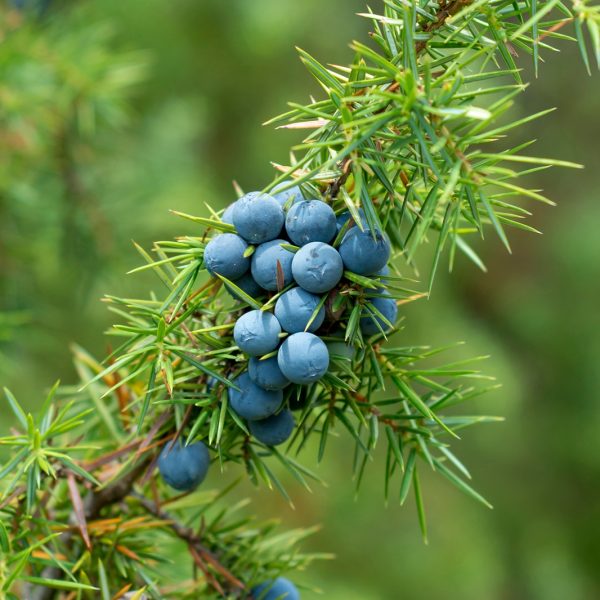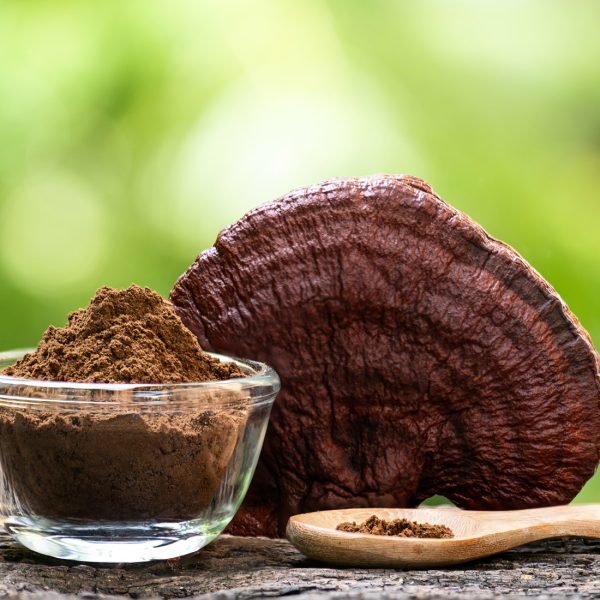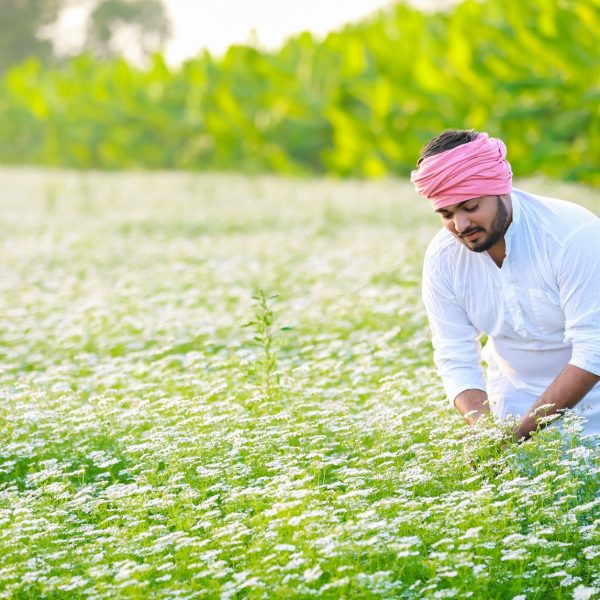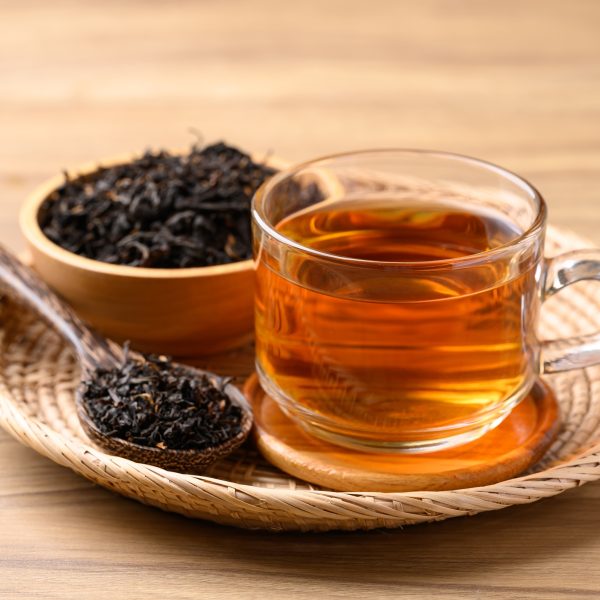Burnout is not limited to the stereotypical, long hours, stressed out city worker, many other professions and occupations also experience it.
Understanding burnout in Ayurveda
In 2019 the World Health Organisation included ‘burn out’ in its 11th Revision of the International Classification of Diseases as an occupational phenomenon but not as an actual medical condition (8).

The WHO’s defined burn out as
“a syndrome conceptualized as resulting from chronic workplace stress that has not been successfully managed. It is characterized by three dimensions:
- Feelings of energy depletion or exhaustion
- Increased mental distance from one’s job, or feelings of negativism or cynicism related to one’s job
- Reduced professional efficacy
Burn-out refers specifically to phenomena in the occupational context and should not be applied to describe experiences in other areas of life.” (8)
The term “burnout” first started appearing in New York in the 70’s. Dr. Herbert Freudenberger used the term to describe his and other staff members experiences working long hours in a free clinic providing support for drug addicts (2). Conditions resembling burnout are mentioned in the Bible indicating that it is not necessarily a new phenomenon but has certainly become far more common (13).
Burnout is not limited to the stereotypical, long hours, stressed out city worker, many other professions and occupations also experience it. For example, people caring for elderly or disabled relatives and new parents frequently suffer burnout (1).
How does burnout work in Ayurveda?
Burnout was thought to arise from chronic overwork or chronic stress which lead to long-term exhaustion and diminished interest in work (3). It isn’t just working long hours or being overwhelmed with tasks or responsibilities that can lead to burnout, burnout often occurs when a person does not feel in control of how a job is carried out at work or at home, doesn’t feel supported or appreciated, or is asked to complete tasks that conflict with their sense of self (6). Or if a person feels unfulfilled or doesn’t feel connected, inspired or aligned to their work, colleagues or workplace (9).
These can build to a point where someone feels completely exhausted, even a restful night’s sleep doesn’t rejuvenate them. This tired state will not only affect their work, but also other aspects of daily life, even the inability to look after themselves properly with good self-care practices and nutritious food. The feelings of frustration, irritability and sleeplessness continue to increase and may lead to conditions like depression and anxiety as well as lowered immunity (9).
Understanding the root of burnout in Ayurveda
While modern medicine still discusses whether burnout it is a medical condition or not and whether it is a mental or neurological or physical condition or all of those, Ayurveda can help gain an insight to the underlying factors.
In Ayurveda there are three primary life forces derived from the five elements known as doshas, vata, pitta and kapha, which are responsible for all functions in the body both physical and psychological. Each individual has their own particular balance of doshas which creates their constitution (Prakruti). To remain well and healthy these doshas need to remain in balance, when they go out of balance illness can arise (10).
| Dosha | Elements | Responsibility |
|---|---|---|
| Vata | Air and ether | Movement |
| Pitta | Fire and water | Transformation and heat |
| Kapha | Water and earth | Nourishment and structure |
There are three subtle forms of the three doshas that have an influence over the mind, Prana, Tejas and Ojas.
Prana is the subtle form of vata dosha defined as our vital life energy or the breath of life. It is responsible for our enthusiasm for life, connects us to our inner self and maintains a state of harmony between the body and mind. (15)

Tejas is the subtle form of pitta dosha and agni (digestive fire). It can be defined as our inner radiance or fire of the mind. Tejas promotes intelligence, focus, self-discipline, perception and mental clarity (15).
Ojas is the subtle form of kapha and can be defined as the essential vital fluid of the body. Ojas promotes mental strength, stability, endurance, sustained concentration, good memory and happiness. It connects and sustains our physical-mental-spiritual wellbeing (15).
If there are any disturbances in the three doshas then prana, tejas and ojas will also be disturbed.
Vata is the energizing force for everything in the body and mind. Pitta and Kapha are incapable of movement without vata, for this reason vitiated vata dosha can cause many problems within the body and mind (15).
Burnout is usually due to vitiated vata which has caused an increase in pitta dosha. The excess vata dries up kapha, the excess pitta burns up kapha. This reduction in kapha leads to a depletion in ojas. (15)
When ojas are low a person has deranged senses, difficulty concentrating, poor memory and the mind is tired.
Factors that increase vata are: (12)
- Stress
- Anxiety, worry, fear
- Over stimulation (excess use of electronic devices, bright lights, prolonged loud noise)
- Lack of a daily routine (meal times, sleep time, work patterns)
- Going to bed late at night
- Lack of sleep
- Caffeine and other stimulants
- Eating cold, dry, light or raw foods
- Too many activities and multi-tasking
As the Ayurveda saying goes, ‘balance vata to balance your life’.
Signs and symptoms
- Feeling tired or drained most of the time
- Not feeling refreshed after rest
- Feeling helpless, trapped and/or defeated
- Feeling detached/alone in the world
- Having a cynical/negative outlook
- Self-doubt
- Feelings of emptiness
- Procrastinating and taking longer to get things done
- Feeling overwhelmed
- Imbalances in digestion and elimination
- Sleep disturbances
- Anxiety
- Depression
- Insomnia/ poor sleep
- Lowered immune system
- Trouble concentrating and poor focus
Herbal solutions

In Ayurveda there are many rasayana herbs that help rejuvenate the mind, balance vata and build ojas. Many rasayana herbs have adaptogenic properties which enhance our resilience to stress whether that is from over work, over stimulation of the senses, incorrect diet or emotions. Many of the herbs are also full of antioxidants which help prevent damage caused by free radicals.
Single herbs
Ashwagandha (Withania somnifera)
Ashwagandha is an exceptional nourishing nerve tonic and rasayana, especially for vata. It improves resilience to physical and emotional stress, is excellent when run down from chronic stress and overwork, also increases ojas. (14)
Brahmi (Bacopa monnieri)
Brahmi is good for calming mental turbulence and aids mediation. A rasayana for the brain and nerve tissue, relieves vata disorders, improves concentration & memory. It increases resilience to stress and combats nervous exhaustion. (14)
Jatamansi (Nardostachys jatamansi)
Jatamansi is excellent nourishing brain tonic for all doshas. Promotes memory, concentration, and mental clarity. Good for when vata is pushing pitta out of balance. Good for stress-related digestive issues and skin issues. (14)
Please note: Jatamansi is CITES Appendix 1 and not for use without certified source.
Mandukaparni (Centella asiatica)
Mandukaparni supports the adrenal glands and helps rebuild energy reserves. It relives stress, anxiety, insomnia, depression and calms mental turbulence. (14)
Passionflower (Passiflora incarnata)
Passionflower is good for stress related digestive issues, calms nervous anxiety, restlessness, agitation an improves concentration. (14)
Skullcap (Scutellaria lateriflora)
Skullcap is an excellent brain tonic, enhances the production of endorphins, eases depression, dispels tiredness and nervous exhaustion, and promotes sleep. (14)
Vaca (Acorus calamus)
Sattvic tonic for the mind enhances mental clarity, promotes cereal circulation and brain function. (14)

Formulas
Amrit Kalash
Amrit kalash is considered the king of the rasayanas. Full of antioxidants, balances all three doshas and is highly beneficial to the brain. Amrit Kalash includes over 50 herbs and fruits that are prepared in the traditional which involves 225 discrete steps over a period of 30 days. The mixture is prepared with ghee as the anupan (carrier). Ghee is a lipid that can penetrate cell walls helping the herbs get to where they are needed. The preparation includes ashwaganda, shatavari, gotu kola and amla berry. (4)
Chayavanaprash
This is an ayurvedic jam, often used as anupan (carrier) for other herbs but also used on its own as a rejuvenate. Chayavanaprash is made with a base of amalaki fruits which is one of the highest sources of vitamin C. There are also other herbs, ghee, sugar, honey and sesame seed oil. The ghee, honey and sesame seed oil are yogavahis (catalytic agents) which carry the herbs deep in to the tissues. Sugar is a preservative safeguarding the efficiency of the amalaki. (5)
Holistic solutions

Go to bed by 10pm
One of the biggest causes of vata imbalance is staying up late. We evolved to rise with the sun and to rest once the sun has gone down. Staying up late is over stimulating and prevents the body and mind from having time to rejuvenate. (12)
Prioritizing a consistent sleep routine is very important to balance vata. Aim to be in bed by 10pm, this is kapha time when we naturally feel lethargic. Aim to wake up at 6am which is vata time when we feel energized and alert (12).
Nourishing food
To balance vata replace raw, dry, light and cold foods with warm, cooked foods. Root vegetables, high quality grains and good fats and oils such as ghee, butter, avocado, coconut oil. To help rebuild ojas eliminate ultra-processed foods, refined sugars, alcohol and caffeine (15).
Eat foods as close to their natural state as possible and as fresh as possible.
Spend time in nature
Mother Nature truly helps to ground the body and mind. Taking time each day to walk in the park, sit by some water or sit by a local tree. As vata is air and ether it is naturally pacified by natures earth and water (12).
Oil massage
Oils counteract the dryness of vata so are an essential part of a vata balancing routine, internally and externally.
Use warm sesame seed oil to perform an Abhyanga self-oil massage. This can be a full body massage or just oiling the crown, forehead and soles of the feet before bed (4).
Unplug
Learn the difference between relaxation and distraction. People suffering burn out often spend breaks from work or downtime on their electronic devices scrolling social media, watching TV or Netflix or playing video games. These are all very stimulating and don’t give the body or mind time to unwind.
Find a practice that appeals to you such a journaling, meditation, mantra chanting, pranayama breathing exercises or yoga. These will all help to balance vata, reduce stress and rebuild ojas.
Spend time with the people you love and make time to do the things you enjoy e.g. cooking, painting, photography long walks, observing nature (4). Prioritizing fulfillment can help counteract some of the troubles of working a depleting job.
References
- wellteq. 2022. What’s the difference between fatigue, burnout and exhaustion? – wellteq. [online] Available at: <https://wellteq.co/insights/mental-health/fatigue-burnout-and-exhaustion-whats-the-difference/> [Accessed 15 January 2022].
- Fontes, F., 2020. (PDF) Herbert J. Freudenberger and the making of burnout as a psychopathological syndrome. [online] ResearchGate. Available at: <https://www.researchgate.net/publication/346586006_Herbert_J_Freudenberger_and_the_making_of_burnout_as_a_psychopathological_syndrome> [Accessed 14 January 2022].
- wellteq. 2022. What’s the difference between fatigue, burnout and exhaustion? – wellteq. [online] Available at: <https://wellteq.co/insights/mental-health/fatigue-burnout-and-exhaustion-whats-the-difference/> [Accessed 15 January 2022].
- Reddy M.D., K., 2002. Putting Chronic Fatigue to Rest. Maryland: Samhita Publications.
- Banyanbotanicals.com. 2021. Chyawanprash. [online] Available at: <https://www.banyanbotanicals.com/info/ayurvedic-living/living-ayurveda/diet/chyawanprash/> [Accessed 15 January 2022].
- Psychology Today. n.d. Burnout. [online] Available at: <https://www.psychologytoday.com/us/basics/burnout> [Accessed 20 January 2022].
- Mental Health UK. n.d. Burnout – Mental Health UK. [online] Available at: <https://mentalhealth-uk.org/burnout/> [Accessed 20 January 2022].
- Who.int. 2019. Burn-out an “occupational phenomenon”: International Classification of Diseases. [online] Available at: <https://www.who.int/news/item/28-05-2019-burn-out-an-occupational-phenomenon-international-classification-of-diseases> [Accessed 20 January 2022].
- Sitaram Ayurveda. n.d. What is Burnout | Symptoms | Burnout Causes | Ayurvedic Treatment. [online] Available at: <https://www.sitaramayurveda.com/prevent-and-recover-from-burnout-using-ayurveda/> [Accessed 20 January 2022].
- McIntyre, A., 2012. The ayurveda bible. Alresford: Godsfield. P32
- McIntyre, A., 2012. The ayurveda bible. Alresford: Godsfield.p65
- Banyanbotanicals.com. 2022. How to Overcome Burnout with Ayurveda. [online] Available at: <https://www.banyanbotanicals.com/info/blog-the-banyan-insight/details/overcoming-burnout-with-ayurveda/> [Accessed 19 January 2022].
- Malesic, J., 2022. [online] Available at: <https://www.washingtonpost.com/history/2022/01/01/burnout-history-freudensberger-maslach/> [Accessed 18 January 2022].
- McIntyre, A. and Boudin, M., n.d. Dispensing with tradition. Cheltenham: Artemis House.
- Halpern, M., 2021. Tired, Fatigued, Lethargic: An Ayurvedic Perspective. – California College of Ayurveda. [online] California College of Ayurveda. Available at: <https://www.ayurvedacollege.com/blog/tired-fatigued-lethargic-an-ayurvedic-perspective/> [Accessed 20 January 2022].































